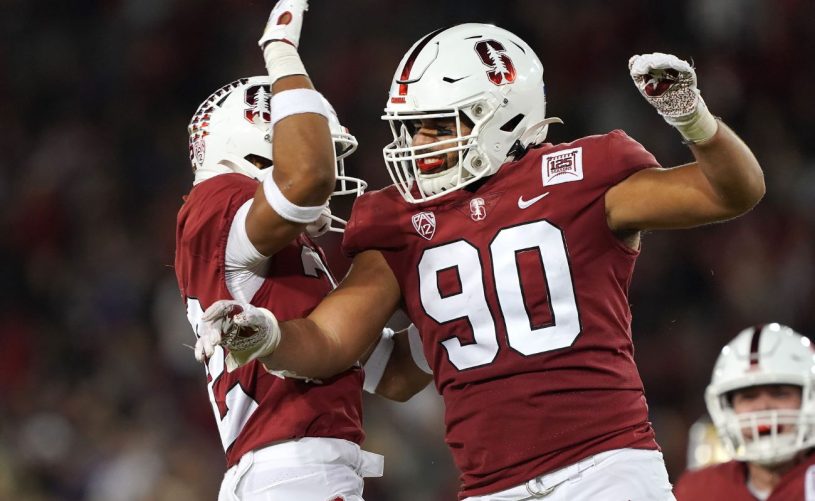In an article in the January 1, 2012, issue of The New York Times Magazine, entitled “Let’s Start Paying College Athletes,” Op-Ed columnist Joe Nocera builds upon the scathing history of the NCAA recently offered by Taylor Branch in “The Shame of College Sports” in The Atlantic to offer his remedy to right the economic balance—at least as far as college football and basketball players are concerned.
Mr. Nocera gamely (!) offers the following as his program:
- Enter actual contracts with the players,
- Change from annual to 6-year scholarships,
- Provide lifetime health insurance,
- Mandate a salary cap for each college team, limited to $3 million annually for football and $650,000 for basketball, and
- Establish a college athletes’ union.
If nothing else, the article prompts further discussion on the subject. There is a little bit more, however, which is deserving of mention in Mr. Nocera’s consideration of this issue, which prompted the following email from me to The New York Times Magazine:
January 4, 2012
I read with interest Joe Nocera’s New York Times Magazine article in which he outlines a framework for compensation of college football and basketball players. Doubtless, the article will fuel innumerable discussions, many heated, on a topic that truly begs for a satisfactory resolution.
Mr. Nocera observes that paying players will result in “haves and have-nots” among schools. This will be true within student bodies, as well. Some athletes, previously effectively impoverished, will veer wildly into economic BMOCs. Critical? No, but it will introduce a new dynamic on campus.
Mr. Nocera fairly notes the significance of Title IX and gender equity but maybe not enough. In truth, Title IX provides a potentially considerable obstacle to his plan if it appears to embody economic discrimination against female athletes. A matter for the courts, as he states? Sure, but who wants to wait out protracted litigation?
Funding as Mr. Nocera envisions it seems to emanate (1) from college budgetary adjustments to lower coaches’ salaries (and bonuses) to accommodate players’ compensation and (2) from financial support by boosters. There may be other sources. One may be a slice from conference media rights fees. Further, there is no doubt that both the NFL and NBA benefit significantly from the pre-professional player grooming provided through the personnel, training, and facilities supplied by schools at no cost to the leagues. Hence, it may be reasonable for the leagues (read: owners) to contribute something against university salary caps.
When considering this topic, it can’t escape notice that funding athletes’ salaries goes to support a form of commercial entertainment, as opposed to financing the larger university’s educational purposes. Colleges and universities are tax-exempt organizations. But if they indulge in business regularly conducted that is not related to the accomplishment of their exempt purpose-education—they become subject to corporate income tax (an unrelated business income tax or “UBIT”) on the profits of this business. The Internal Revenue Service has taken the position that college athletics are “substantially related” to education, so present exposure to the UBIT is minimal. However, a national movement to compensate college athletes may cause Congress or the IRS to alter this view. The UBIT may be relevant primarily to certain Division I schools, where the effects of the tax may diluted by intelligent cost accounting, but even then exposure to the UBIT could cause embarrassment to a college, its alumni, and its boosters.
None of this is meant to detract from the goal of rewarding deserving college athletes for their sacrifices. It’s a complex task, so let’s get working.
Paul Creasy


